- Bank Holiday
- New In
-
Dining
-
Dining Table Sets
 Dining Set Builder
Dining Set Builder
 Dining Table and Chairs
Dining Table and Chairs
 Dining Table and 4 Chairs
Dining Table and 4 Chairs
 Dining Table and 6 Chairs
Dining Table and 6 Chairs
 Dining Table and 8 Chairs
Dining Table and 8 Chairs
 Dining Table and 10 Chairs
Dining Table and 10 Chairs
 Dining Table with Benches
Dining Table with Benches
 Painted Dining Table and Chairs
Painted Dining Table and Chairs
 Ceramic Dining Table and Chairs
Ceramic Dining Table and Chairs
 Round Dining Table and Chairs
View All
Dining Tables
Round Dining Table and Chairs
View All
Dining Tables 4 Seater Dining Tables
4 Seater Dining Tables
 6 Seater Dining Tables
6 Seater Dining Tables
 8 Seater Dining Tables
8 Seater Dining Tables
 10 Seater Dining Tables
10 Seater Dining Tables
 Extendable Dining Tables
Extendable Dining Tables
 Round Dining Tables
View All
Dining Room Furniture
Round Dining Tables
View All
Dining Room Furniture Sideboards
Sideboards
 Dressers
Dressers
 Larders
Larders
 Display Cabinets
Display Cabinets
 Painted Dining Room Furniture
Painted Dining Room Furniture
 Console Tables
Console Tables
 Side Tables
Side Tables
 Home Accessories
Home Accessories
 Furniture Wax and Care Kits
View All
Furniture Wax and Care Kits
View All
-
- Living
- Sofas
-
Bedroom
-
Bedroom Furniture
 Bedside Tables
Bedside Tables
 Blanket Boxes
Blanket Boxes
 Chest of Drawers
Chest of Drawers
 Desks
Desks
 Dressing Tables
Dressing Tables
 Tallboys
Tallboys
 Wardrobes
View All
Mattresses
Wardrobes
View All
Mattresses All Mattresses
All Mattresses
 Single Mattresses
Single Mattresses
 Double Mattresses
Double Mattresses
 King-Size Mattresses
King-Size Mattresses
 Super King-Size Mattresses
Super King-Size Mattresses
 Pillows
Pillows
 Harrison Spinks Mattresses
Harrison Spinks Mattresses
 OFL Mattresses
OFL Mattresses
 Relyon Mattresses
Relyon Mattresses
 Sealy Mattresses
View All
Sealy Mattresses
View All
-
-
Ranges
-
Accessories
-
Offers
- Clearance
Divided Living Room Ideas
Inspiration Station - Living Room

Whether you live in a cosy urban dwelling or a sprawling country estate, your living space isn’t always designed in a way that works for you. In small homes and big spaces alike, a multifunctional living room is paramount. Your goal may be to create smaller, cosier nooks in your living space, provide an extra layer of privacy, maximise storage opportunities or just switch up the scenery. Here are our top ideas for dividing your living room.
Preparing to separate a large living room

Initially it would be useful to envision or even sketch out your floor plan so you understand what exactly it is you’re working with. Do you have tight corners? A slanted roof? Fittings like radiators and skylights? Whatever it is that needs to be accounted for, make sure you are taking measurements that will aid your planning.
How to separate a large living room
Separate a home office from a living room
As working from home is quickly becoming the norm rather than the exception, it’s important we carve out permanent spaces that are optimised for productivity. In an open plan space, it’s even more important that working and living areas are kept separate, not only so you can disconnect completely from your work, but also so any unsightly wires and cables are hidden away.

There are many ways to divide your living room and office in a way that’s not only practical but also a style feature. You can use screen dividers, glass windows or doors, open bookcases or plant dividers that act as a barrier, or textured walls that create a physical demarcation between one area and the next.
Separate hallway from living room

If you have a front door that opens straight out into your living room, you may want to design an entranceway so there is a physical checkpoint between entering and leaving the home (somewhere to put on your coat and shoes, for example).
Using furniture to create a narrow hallway also provides a pleasant experience for entering the home. Arrange your furniture so its straight lines create a corridor near the door. You could do this by using the back of the sofa and a sideboard to act as a continual line. Facing furniture away from each other or playing with back to back layouts will help achieve this effect.
Divide a room with curtains

Curtains are a really useful room divider option, especially in smaller living spaces like a studio where doors and foldable dividers take up too much room. Fabric is light and flowy and can easily blend into the rest of the interiors while still creating that distinct separation.
How to divide a living room and dining room combo
Divide living and dining rooms using different flooring
In an open plan living-dining space, your floors should be fit for purpose. For instance, it may not be all that practical to have a carpeted-all-over look in a busy family home where food underneath the dining table could leave behind difficult stains. Consider a carpeted living area and an adjoining dining area with wooden floors. Not only will this be a more sensible option, but it will also be a visual divider.
Dividing your living room with rugs

Along a similar vein, using a rug to divide the living area from a dining room or kitchen will help compartmentalise your social space. Area rugs are perfect for slotting underneath your sofa and coffee table as they create a warm, homely vibe. This boundary is best set by using colours that contrast against the floor or the rest of the room.
Separate living room and dining room with paint

Clever use of colour helps the eye dart around the room. This is well achieved in minimalist style homes with a minimal colour palette - too much going on and it can be overwhelming. Visual contrast - two shades on opposite sides of the colour spectrum, perhaps - divides a space.
Kitchen - living room divider ideas
Living room screen dividers

It’s always a good idea to break up the space between the kitchen and its associated mess and smells with the rest of your social space. You can use screen or glass dividers or even something like crittall doors here.
Island separating kitchen living room
For the same purpose but with that additional bit of functionality, kitchen islands are great because they act as extra storage and a small dining area as well as a room divider.
Separating space with furniture

Much like the concept of using the hard lines of furniture to separate parts of the room to create a hallway, you can also mix and match coloured accessories to bracket off parts of the room for purpose. A clever combination of painted and rustic oak furniture, for example, can achieve this, else you can go back-to-back.
Feeling inspired? Browse more stylish living room furniture to see how our high quality ranges can work to benefit your open plan space.
More Inspiration

Our TV Ads
Discover our latest TV ads, showcasing our extensive furniture collections, all made with longevity in mind.
Find out more »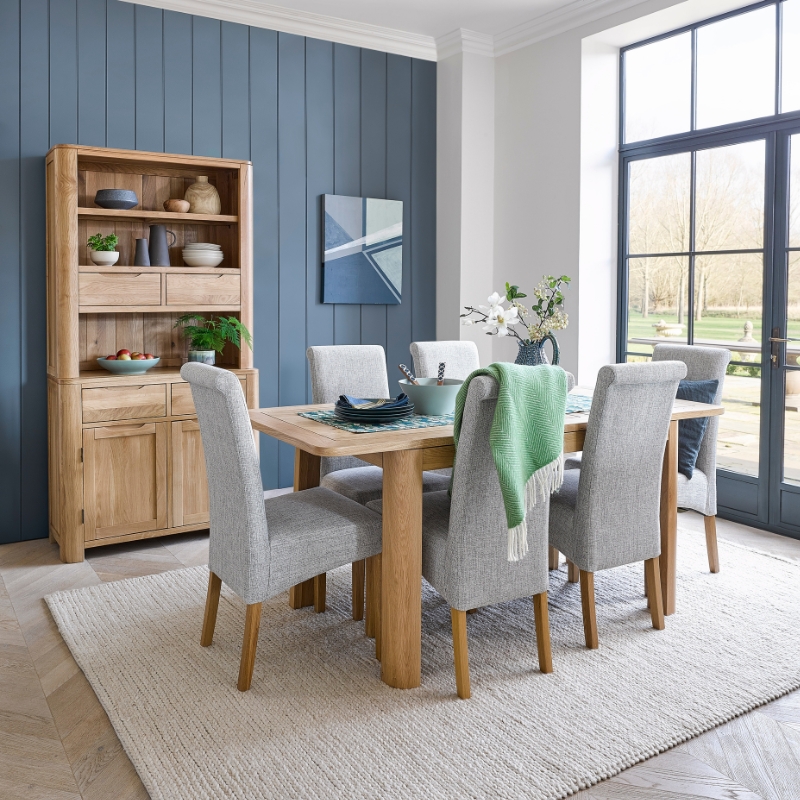
Quality you can trust
From hardwood cabinetry to durable upholstery, check out our stylish designs and discover the quality that sets our furniture apart.
Learn more »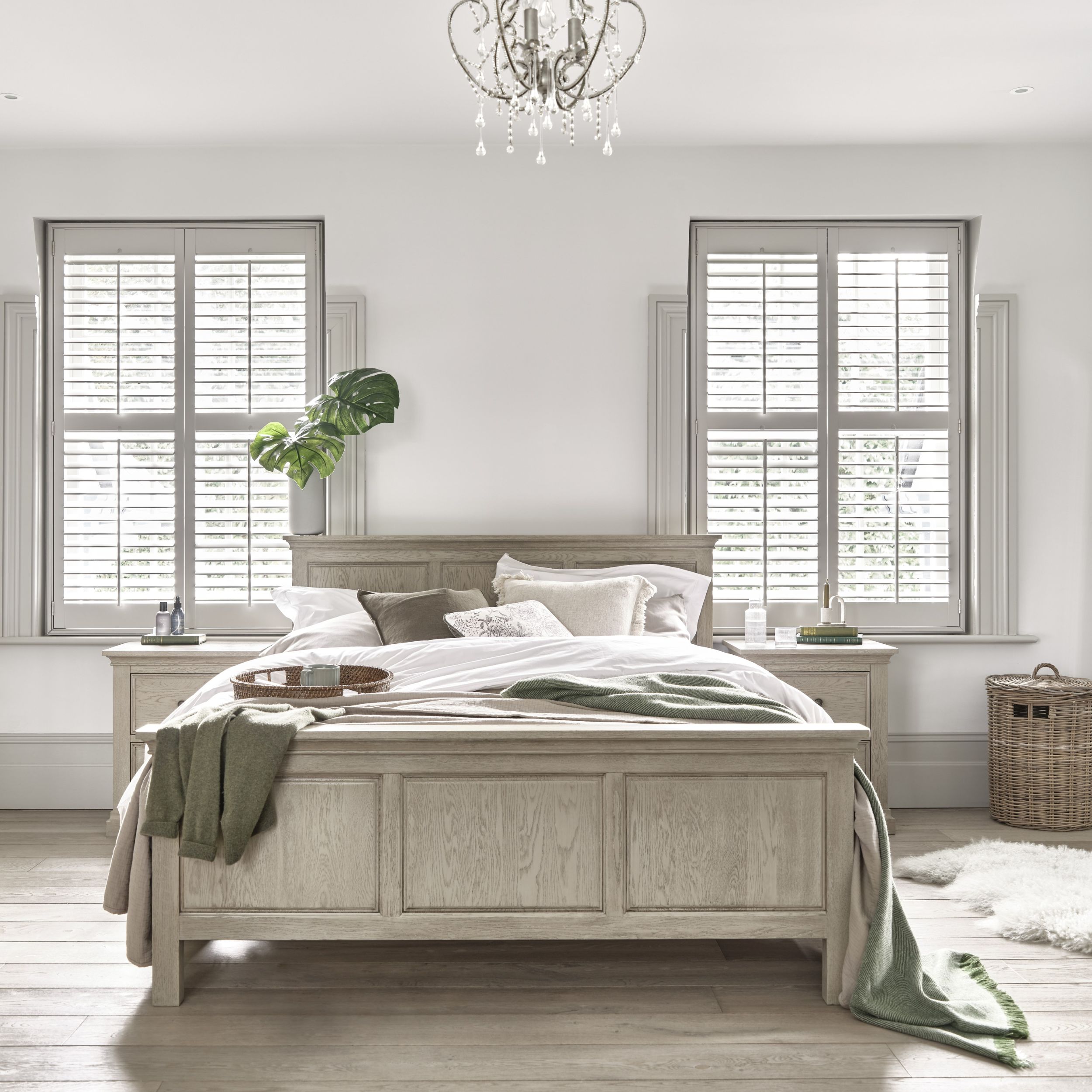
Furniture guides
Our helpful Furniture Guides provide you with extra in-depth knowledge on our products, services, and even key interior decorating tips!
Discover more »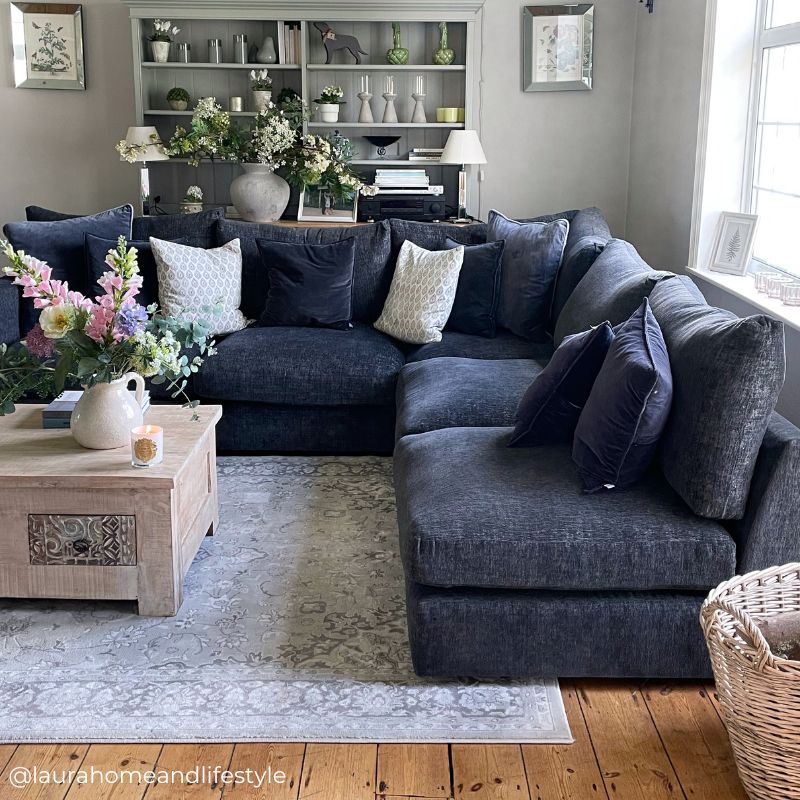
Our blog
From inspiring trend-led tips to Q&As with interiors experts, head to our blog to pick up handy style ideas for every room.
Read more »
X
Chat online with our team
You can request a callback from our team as an alternative
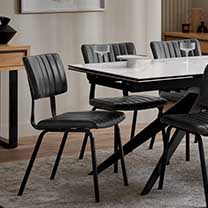
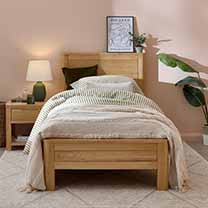
.jpg)
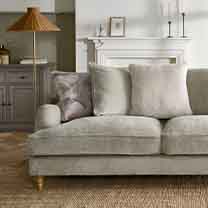

 Fabric Dining Chairs
Fabric Dining Chairs
 Oak Chairs
Oak Chairs
 Painted Dining Chairs
Painted Dining Chairs
 Benches and Stools
Benches and Stools
 Bookcases
Bookcases
 Coffee Tables
Coffee Tables
 Hallway Furniture & Storage
Hallway Furniture & Storage
 Nest of Tables
Nest of Tables
 Rugs
Rugs
 Shelving Units
Shelving Units
 Shoe Storage
Shoe Storage
 Sofas
Sofas
 Storage Cabinets
Storage Cabinets
 TV Units
TV Units
 Painted Living Room Furniture
Painted Living Room Furniture
 All Sofas
All Sofas
 2 Seater Sofas
2 Seater Sofas
 3 Seater Sofas
3 Seater Sofas
 4 Seater Sofas
4 Seater Sofas
 Corner Sofas
Corner Sofas
 Modular Sofas
Modular Sofas
 Recliner Sofas
Recliner Sofas
 Sofa Beds
Sofa Beds
 New Sofa Ranges
New Sofa Ranges
 Accent Chairs
Accent Chairs
 Armchairs
Armchairs
 Recliner Chairs
Recliner Chairs
 Loveseats
Loveseats
 Footstools
Footstools
 Storage Footstools
Storage Footstools
 All Leather Sofas
All Leather Sofas
 Leather Sofa Ranges
Leather Sofa Ranges
 Leather Armchairs
Leather Armchairs
 Leather Footstools
Leather Footstools
 Leather Recliner Chairs
Leather Recliner Chairs
 Leather Corner Sofas
Leather Corner Sofas
 Fabric Sofa Ranges
Fabric Sofa Ranges
 Fabric Armchairs
Fabric Armchairs
 Fabric Footstools
Fabric Footstools
 Fabric Recliner Chairs
Fabric Recliner Chairs
 Fabric Recliner Sofas
Fabric Recliner Sofas
 Fabric Corner Sofas
Fabric Corner Sofas
 Single Beds
Single Beds
 Double Beds
Double Beds
 King-Size Beds
King-Size Beds
 Super King-Size Beds
Super King-Size Beds
 Wooden Beds
Wooden Beds
 Storage Beds
Storage Beds
 Wingback Beds
Wingback Beds
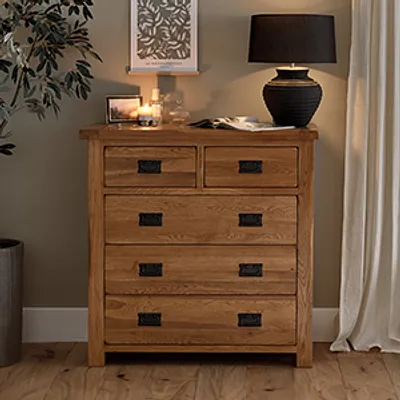
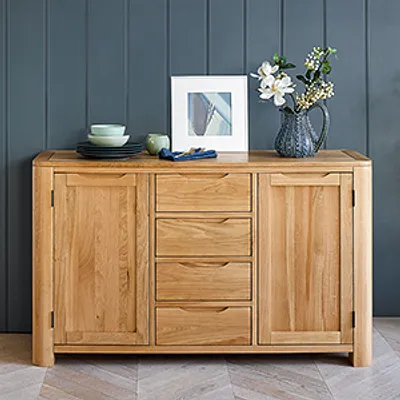
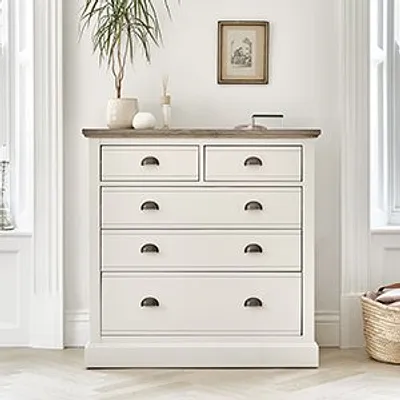
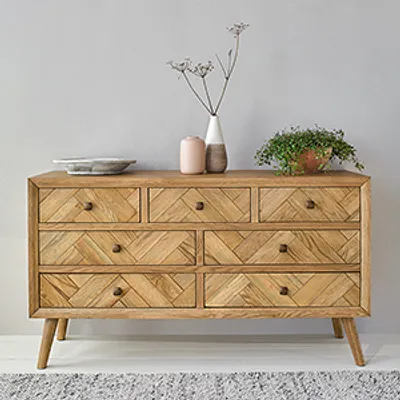
 Mirrors
Mirrors
 Lamps
Lamps
 Clocks
Clocks
 Wall Art
Wall Art
















